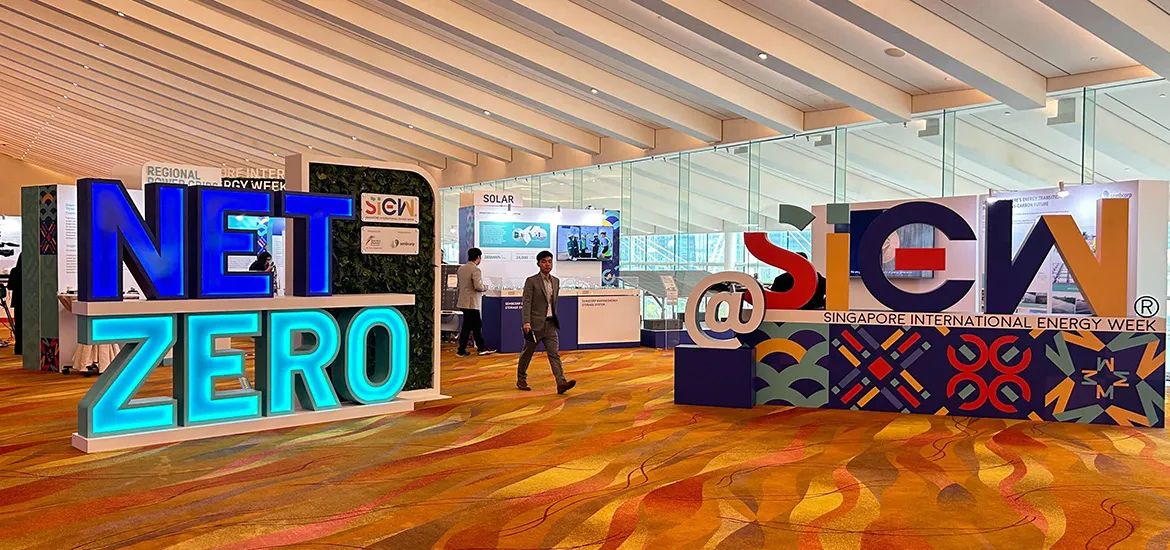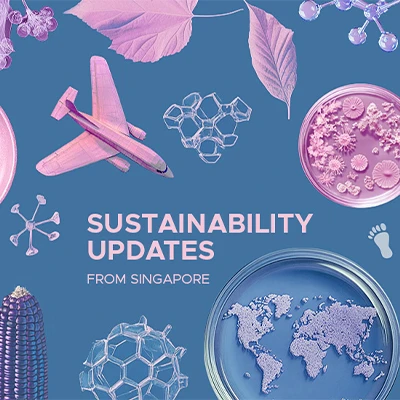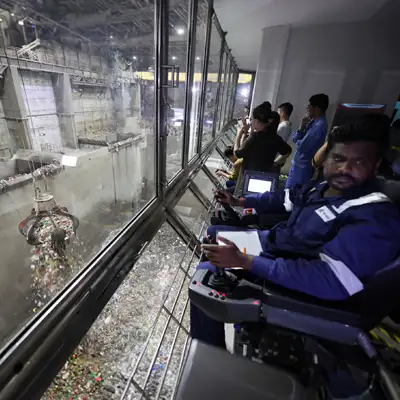Themed “Energy Transition Towards a Net Zero World”, this year’s Singapore International Energy Week brought together global energy leaders to address the importance of technological innovation, investments and infrastructure, as well as supply chain resiliency as the world progresses towards net zero.
Here are three highlights of the Singapore International Energy Week (SIEW) this year to help you stay plugged into the transition to a clean energy future: we are taking the next step to develop low-or-zero carbon ammonia solutions for power generation and bunkering, securing more electricity imports, and making a key shift in how we obtain natural gas.
1. Charting our hydrogen pathway
Last year, we partnered with the Maritime Port Authority to invite companies to submit proposals to build, own and operate an end-to-end low or zero-carbon ammonia power generation and bunkering solution in Jurong Island. Such a solution will pave the way for Singapore to convert ammonia into hydrogen, which can then be readily utilised as a fuel source.









